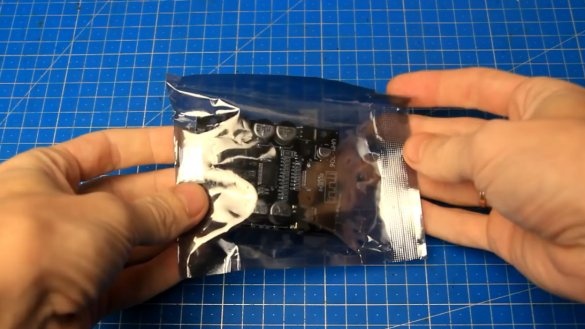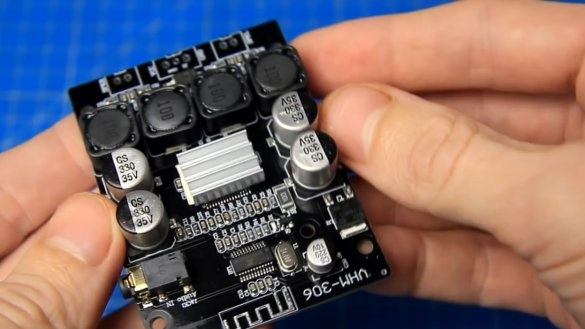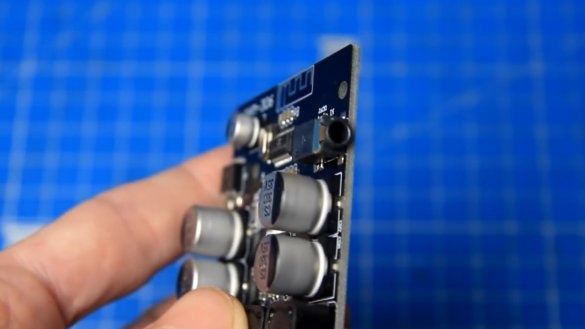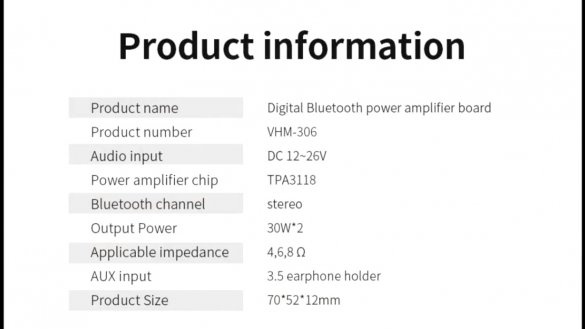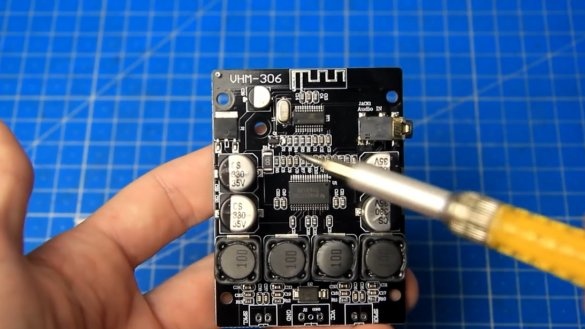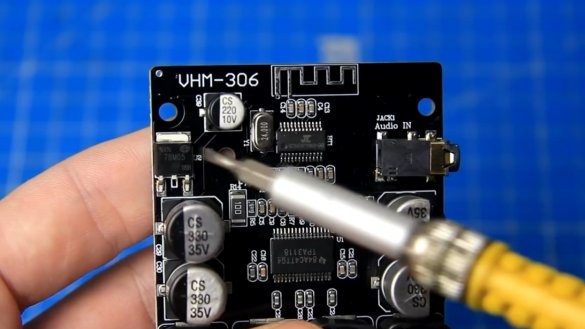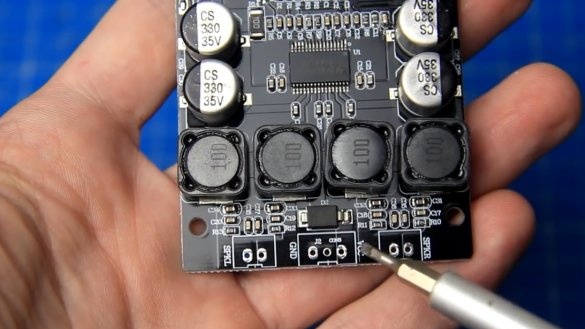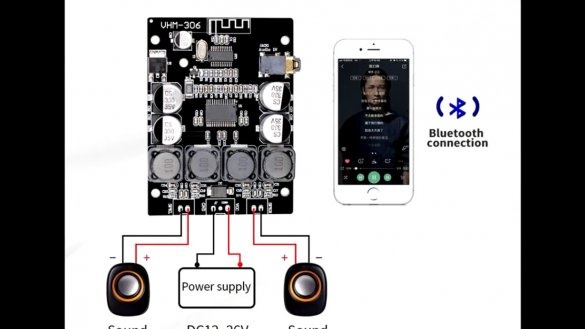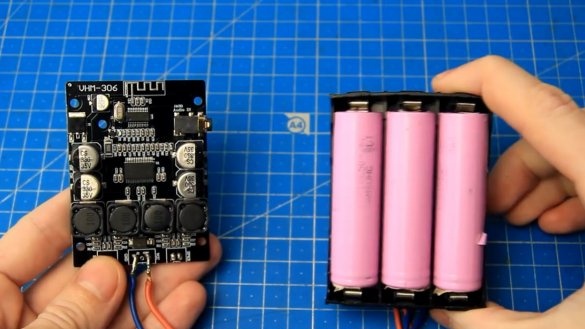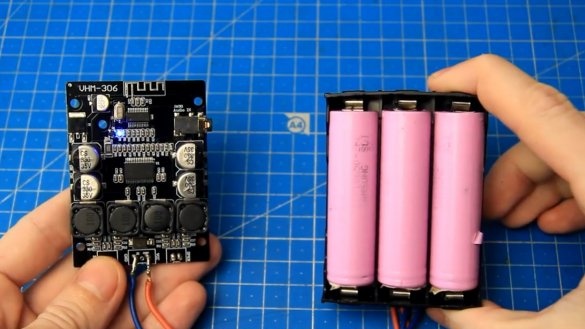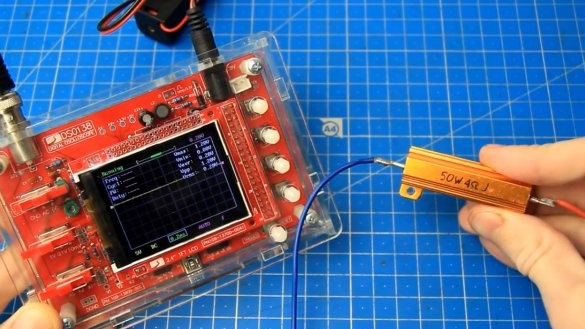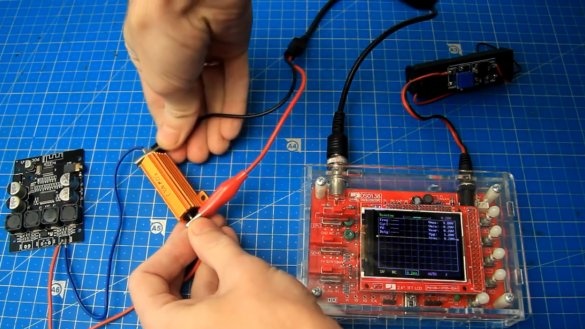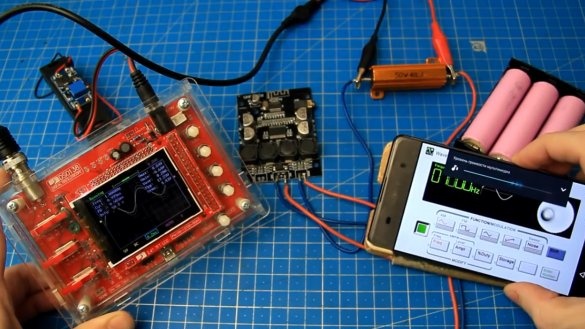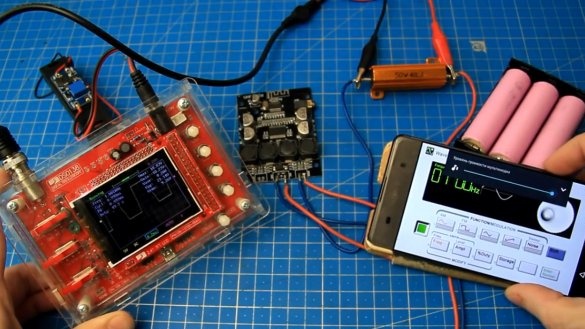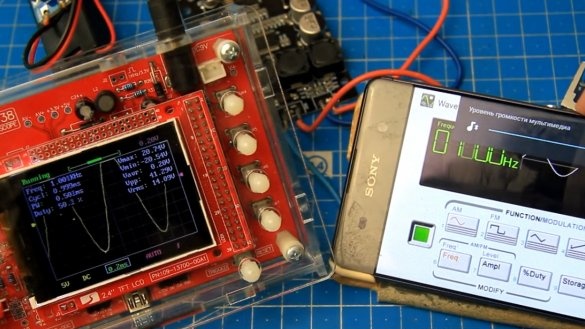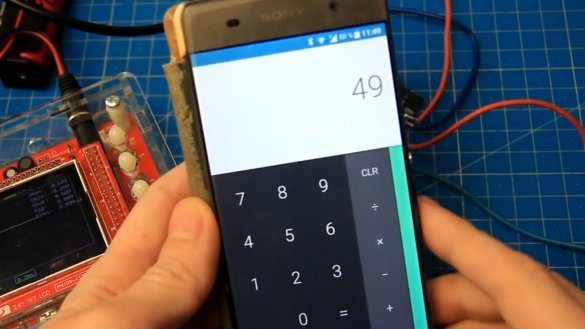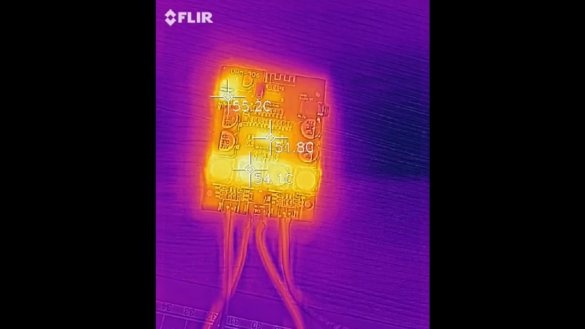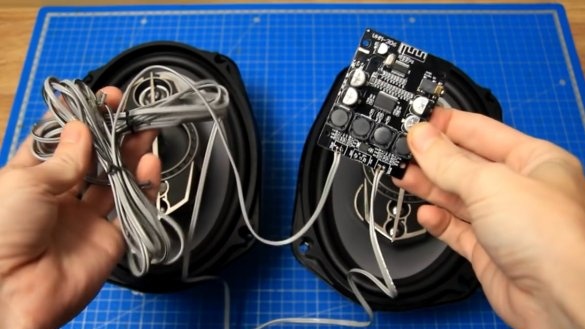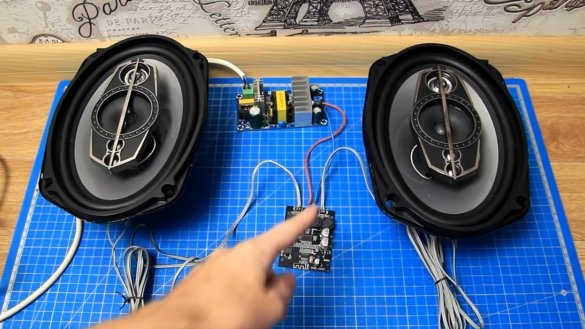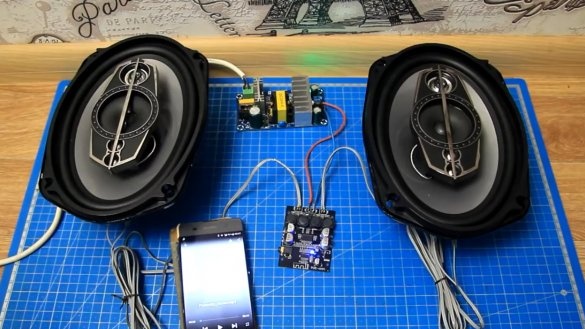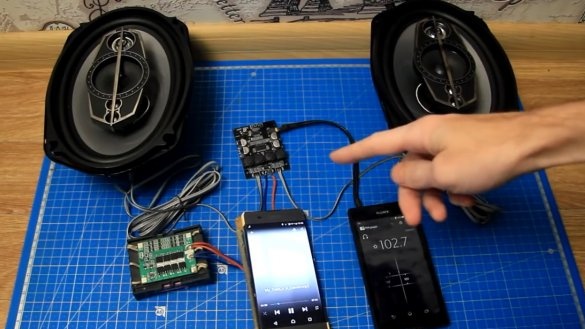In this article, YouTube author Radio-Lab will demonstrate how do it yourself and at no particular cost to independently assemble your speaker system on a ready-made, quite powerful, but compact sound amplifier based on a microcircuit TPA3118 with Bluetooth and AUX.
The main detail of this project is such a bag.
Rather, not the bag itself, but what is inside. And hiding there stereo amplifier Class D sound based on TPA3118 chip.
This board already has on board the technology of wireless data transfer - Bluetooth. The board also has an AUX line input.
Such a fee can be purchased at Aliexpress. In the package, in addition to the sound amplifier itself, there was also a radiator that can be glued to the main chip of the TPA3118 amplifier, if it will become very hot.
The sound amplifier board is made in black, board number: VHM-306. There are no complaints about the quality of soldering, everything is fine.
This sound amplifier board is quite compact and has the following dimensions: 70mm X 52mm.
The image below shows the main features of this sound amplifier.
The main chip of this sound amplifier is TPA3118.
The board can be conditionally divided into two parts: on top is the Bluetooth module and the AUX line input, and on the bottom is the sound amplifier itself. The Bluetooth module is powered through a 78M05 linear step-down stabilizer.
On the opposite side of the linear lowering stabilizer is a linear input for a standard minijack (3.5 mm plug).
In the lower part of the board, in the center there are contacts for connecting a power source.
Also on the board there is a protective diode that protects the amplifier from polarity reversal. Near the sides are contacts for connecting speakers, left and right, respectively.
I figured out the appearance, dimensions and basic characteristics, now I will try to power this sound amplifier. As a power source, you can use either a lithium-ion battery or a power supply unit from an alternating current network of 220V with output voltages from 12 to 26V.
For tests, the author took lithium ion battery, consisting of three elements of 18650 Li-ion batteries. The total output voltage is about 12.5V.
Observing the polarity, the author temporarily soldered the battery to the power contacts of the amplifier.
As you can see, the blue LED on the board lights up, which serves as an indicator of the presence of power (turning on the amplifier board).
The next step is to check how the Bluetooth module works on this amplifier. For this we need a smartphone.
The phone saw a new board and connected to it without problems. The indicator flashes in short flashes. This behavior of the LED signals the successful pairing of devices.
Before connecting the acoustics, the author decided to measure the power output at the 4 Ohm load to see what this sound amplifier is capable of. To do this, a 4 ohm load resistor was soldered to the output of one of the channels.
To monitor the sinusoid, as well as clipping, probes must be installed on the resistor contacts oscilloscope.
In a special program on a smartphone, the author tuned the frequency to 1 kHz, the waveform of a sine wave.
The circuit is assembled, the amplifier is connected to a power source. We send a signal from the phone to the amplifier with a pre-selected frequency and try to increase the volume.
On the oscilloscope There is a sinusoid, and there is also clipping. We were convinced of the operability, we can proceed directly to measuring the power of this sound amplifier. And so, the first measurement when powered by a 12V battery. The output of the amplifier without clipping turned out to be about 6.5V.
Next, the square of the voltage must be divided by the load resistance, in this case 4Ohm, and as a result we get the output power, it is approximately 10W per channel.
I recall that we got this value when powering the amplifier board from a 12V lithium-ion battery. The next step, let's try to measure when powered from the power unit from a 220V network with a voltage of 24V.
The rest is the same, only the supply voltage is no longer 12V, but 24V. We make sure that there are sinusoids and clipping on the oscilloscope and measure.
So, after raising the volume, the output voltage without clipping was already about 14V.
We make a similar calculation, and we get the figure 49, which means that the output power was already about 50W per channel.
This is when the board is powered by a power supply whose voltage is 24V. You must admit that the power is rather rather big and very decent with such a compact size.
So, after the experiments we can draw the following conclusions: the amplifier works both from 12V and 24V, but if you want to take the maximum power from this amplifier, then it is necessary supply voltage 24V.
During the experiment, the output chokes and the 78M05 stabilizer were most heated to power the Bluetooth module. The heating of the amplifier chip even without a radiator was negligible.
But most of all, of course, a load resistor was heated. Now it remains to connect the speakers and listen to how this amplifier plays. For the test, the author will use these automobile speakers with a resistance of 4 ohms in the amount of 2 pieces.
These dynamics are clones of the Pioneers. The wires from the speakers must be soldered to the outputs of the left and right channels, respectively. The connection scheme is simple to disgrace. The power wires from the power supply are soldered to the corresponding contacts located on the amplifier board. Also soldered speaker wires to the outputs of the amplifier.
In total, in this circuit we have only 6 wires, it probably doesn’t happen easier. We turn on the power supply in a 220V network.
When power is applied to the sound amplifier circuit, there is no popping in the speakers. There is voice acting in English. We connect the phone to the amplifier using Bluetooth technology and turn on the test track.
Everything works great, music sounds from the speakers, there is no extraneous noise at the minimum volume.For a more detailed review and tests of this sound amplifier, see the original Author’s video:
The test for maximum volume will also pass successfully, the system plays quite loudly.
When the system is running on a 12V lithium-ion battery, everything is fine too, only the power will be lower accordingly.
Through the linear input of the amplifier, everything also works fine. But the line-in and Bluetooth are connected to the amplifier input together, and when playing music with both Bluetooth and the line-in, everything merges and already plays everything together in the speakers at the output.
The advantage of this implementation is that, for example, you can connect a microphone amplifier to the linear input, and turn on the minus tracks via Bluetooth and here you have the karaoke system itself, that is, you can mix (mix) sound sources.
Despite the rather modest size, this amplifier has enough power. Connecting it is extremely simple, playing well and at the same time quite loudly. Connecting this amplifier and assembling a full-fledged sound system with your own hands will be able even without problems to those who are not particularly versed in electronics, the main thing here is not to rush and follow the instructions given in this article so as not to confuse anything.
This amplifier is probably best suited for assembling a wide variety of portable speakers with good power. Also, without problems, you can assemble stationary amplifiers or speakers for the home, and many other things too. Here everything is limited only by your imagination and specific tasks. That's all. Thank you for attention. See you soon!


